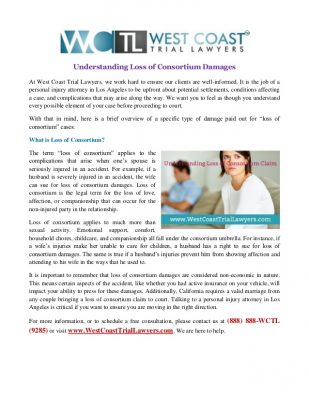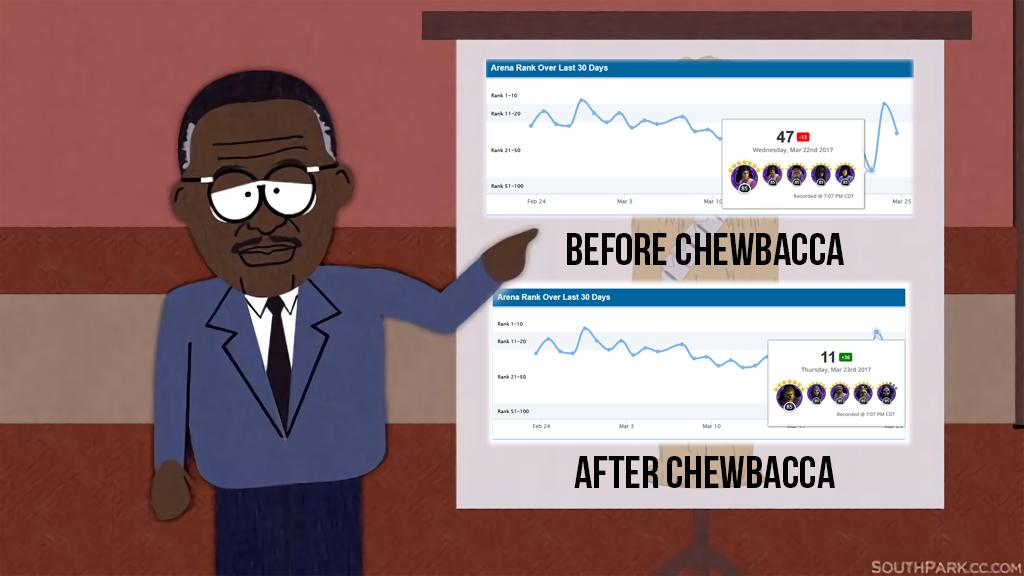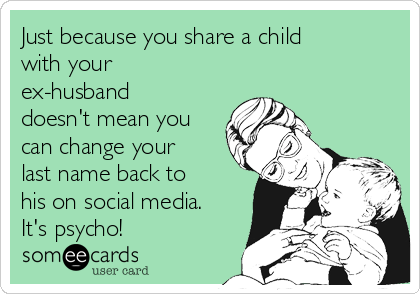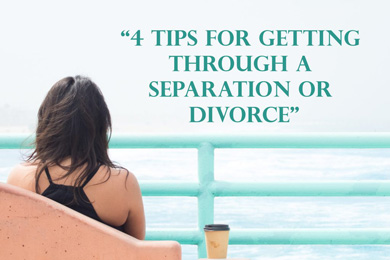Personal injury is a broad area of law which covers a wide variety of claims, in most cases involving physical injuries or wrongful death, however such stems from different incidents. Such incidents can cause emotional, physical or financial damage to the victim. Some examples of injury claims include, firearm accidents, auto accidents, slip and fall accidents and medical malpractice. The strong characteristics of any personal injury lawsuit are two fundamental elements: damage and responsibility.
Damage in a personal injury case can be defined as compensation with the intention of “making the plaintiff whole” after an injury. However, at times it is impossible to “make the plaintiff whole” and this is because it is hard to put a dollar amount on damages relating to injuries sustained from an accident; such as pain and suffering and mental anguish. That being said, the objective of damages is to put the injured person into the financial position that he or she would have been in had he or she not being injured.
Types of damages that are available in a personal injury claims vary depending on a number of factors:
- Type of case
- Circumstance surrounding the injury of the victim, and
- State laws which vary from one state to the next – for example the law on fault in each state plays a large role in a person's eligibility for damages.
If you are injured in Alaska you may be entitled to the following:
- Past, current and future medical expenses
- Past, current loss of wages
- Diminished earning capacity
- Property damage (this includes your vehicle)
- Expenses incurred as a direct result of the injury (e.g. Doctor's visits and check-ups)
- Permanent disfigurement
- Emotional distress
- Loss of consortium
Damages are categorized into two types, economic damages and non-economic damages. Economic damages are compensation awarded as a result of actual financial losses suffered by the injured person. For example medical bills and lost wages – these are economic damages as you can actually add them to come up with a dollar figure of the losses suffered by the injured person. Non-economic damages are all kinds of damages that you cannot point to some specific financial cost incurred by the injured person. For example, pain and suffering and loss of consortium are non-economic damages.
Loss of consortium – this is when one or both parties to a marriage, relationship or domestic partnership suffered a serious personal injury or wrongful death. These have rights to recover damages called loss of consortium. Loss of consortium is a non-economic damage that applies to injuries sustained that cause an individual to be unable to engage in activities that he or she and his or her partner or spouse could engage in before the injury. Such activities that amount to loss of consortium include:
- Sexual activities
- Recreational activities
- Hobbies
- Social relationship
- Companionship
- Child rearing responsibilities
- Household responsibilities
If you or a loved one has been injured and are looking for Anchorage attorneys, contact an Alaska personal injury law firm of professionals to provide advice and handle your case.
For more information on personal injury the author recommends the Crowson Law Group .










